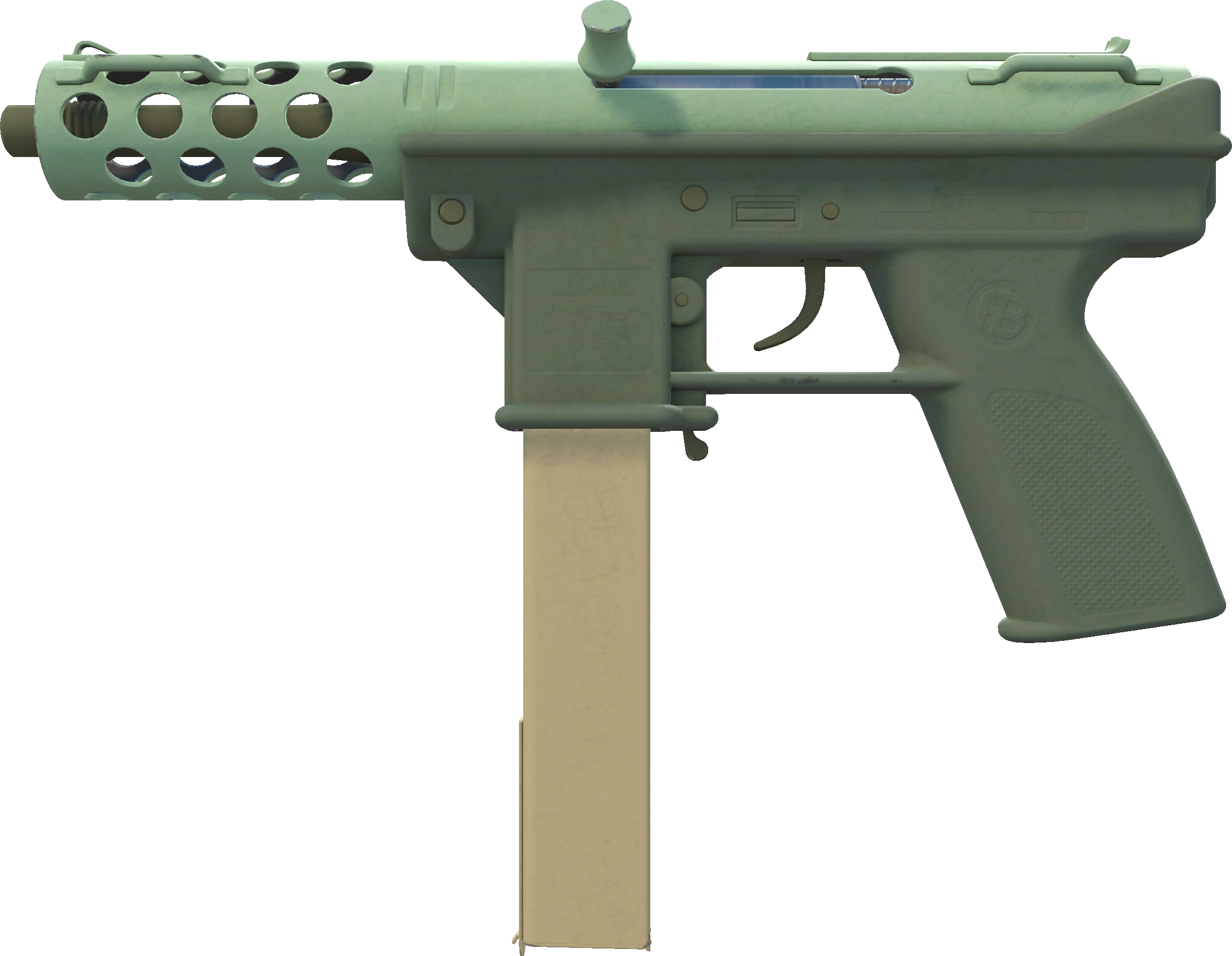Connection Corner
Your go-to guide for relationships, dating tips, and hookup advice.
Skin Flipping: Why CS2 Skins Are Gaming's New Investment
Discover why CS2 skins are the hottest gaming investment trend! Uncover secrets to skin flipping and cash in on this booming market!
What Makes CS2 Skins the Hottest Investment of 2023?
The world of CS2 skins has taken the gaming community by storm, making them one of the hottest investments of 2023. With constant developments and updates in the game, players are eager to acquire unique and eye-catching skins that enhance their gameplay experience. The scarcity and demand for specific skins have significantly increased their market value, making them not just cosmetic items, but viable assets. As more gamers dive into the vibrant ecosystem of CS2, the investment potential skyrockets, drawing both casual players and serious investors alike.
Several factors are contributing to the boom in interest surrounding CS2 skins:
- Scarcity: Limited-edition skins are becoming rare, driving up their desirability.
- Community Involvement: The enthusiastic community actively promotes trading and collecting as a hobby.
- Market Trends: As the competitive gaming scene grows, the demand for unique skins is at an all-time high.

Counter-Strike is a popular first-person shooter game franchise that has captivated gamers around the world. In recent times, there has been significant buzz regarding the market cap crash cs2, which has left many players speculating about the future of the game and its economy. With its competitive gameplay and strong community, Counter-Strike continues to be a cornerstone of esports.
The Economics of Skin Flipping: A Deep Dive into CS2
The phenomenon of skin flipping in the gaming community, particularly with the rise of Counter-Strike 2 (CS2), has become a focal point for discussions on digital economics. Players often buy, sell, and trade skins—cosmetic items that alter the appearance of weapons and characters—creating a virtual marketplace brimming with opportunity. This intricate ecosystem not only fosters a vibrant community but also introduces significant economic principles, akin to supply and demand dynamics seen in traditional markets. As more players engage in this commerce, the rarity and desirability of certain skins can lead to inflated prices, sometimes reaching into the thousands of dollars.
Understanding the economics of skin flipping requires a closer examination of factors influencing the market. These include the rarity of the skins, the condition of the items, and the market trends influenced by player interest and game updates. For instance, limited-time skins released during events can create spikes in demand, resulting in a flurry of trading activity. Moreover, the role of third-party marketplaces should not be overlooked, as they contribute to the pricing structures and provide players with platforms for conducting transactions beyond the official game client. Such complexities illustrate an evolving market where players can leverage economic principles to maximize their investment and enjoyment of CS2.
Are CS2 Skins the Future of Digital Collectibles?
As digital collectibles continue to gain traction, CS2 skins have emerged as a prime example of how virtual items can hold significant value. These skins not only serve as cosmetic upgrades for players but also function as unique assets that can appreciate over time. Fueled by the vibrant ecosystem of gaming, trading, and community engagement, CS2 skins are captivating a new generation of collectors eager to invest in digital goods. With platforms enabling buying, selling, and trading these skins, their market presence is solidified, raising questions about their potential as a long-term investment.
The growing popularity of CS2 skins sets a precedent for other digital collectibles, highlighting the potential for these items to become mainstream. Just as rare trading cards and vintage toys have persisted in the physical realm, digital skins offer a novel avenue for collectors. Factors such as rarity, condition, and community demand shape their value, making them akin to traditional collectibles. As more players enter the market and technology advances, it's clear that CS2 skins may very well symbolize the future of how we view ownership and value in the digital landscape.